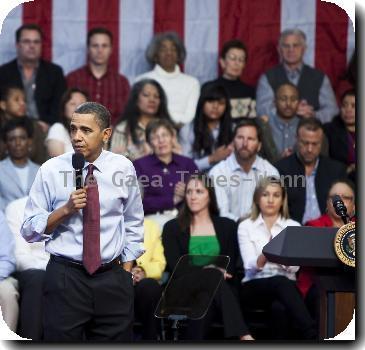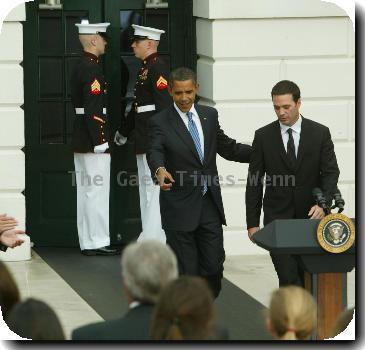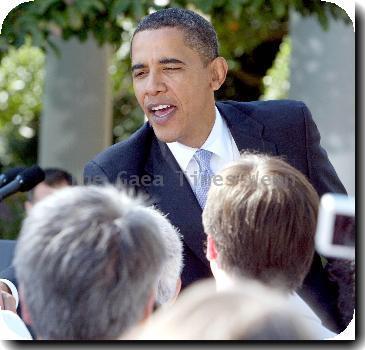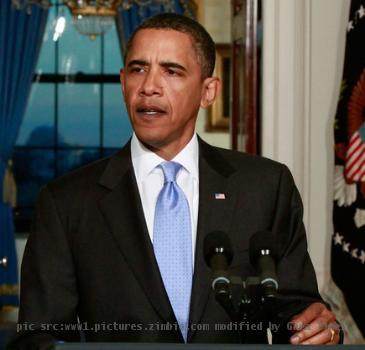Professor Kagan, a tough questioner, now faces questions herself in seeking high court seat
By Jessica Gresko, APThursday, June 24, 2010
Kagan: From a mock Supreme Court to the real thing
WASHINGTON — The nine students who sat as a mock Supreme Court dissected the cases before them. During weekly classes they picked apart arguments and became frustrated by incomplete briefs. Their seminar professor, Elena Kagan, largely kept quiet, letting her students run the debate.
At the end of class she might ask: How do you think the real court will decide?
That was more than a decade ago, when Kagan was a young professor at the University of Chicago Law School. Now the nation’s first female solicitor general and nominee to become the 112th Supreme Court justice, she is poised to help decide herself.
Kagan’s time in the classroom — four years at the University of Chicago and 10 as a professor and then dean at Harvard Law School — is an unlikely topic for the lawmakers who will grill her during confirmation hearings that begin Monday. But Kagan herself brought up teaching the last time she faced lawmakers’ questions.
During her confirmation hearing for solicitor general she was asked about her lack of experience arguing before the Supreme Court. She told lawmakers that the communication skills that had made her a “famously excellent teacher” would help her argue.
It was at the University of Chicago — before leaving to work in the Clinton administration or serving as dean at Harvard — that Kagan got her first experience as a professor. After graduating from law school and working for two years at a D.C. law firm, Kagan started at the university in 1991.
It was the same year another young scholar, Barack Obama, arrived on a fellowship. The future president eventually taught three classes, including racism and the law and voting rights. Kagan, one of the few women on the faculty, taught constitutional law, civil procedure, labor law and — twice — a seminar on the Supreme Court.
“She never wanted to be a great scholar,” said Richard Epstein, a fellow professor. “She wanted to teach, but with an eye to something else.”
Kagan taught using the Socratic method, randomly selecting a student to quiz about the cases the class had read. Kagan would march up the steps of amphitheater-style classrooms to get closer to her students, then proceed to interrogate them. She made it clear students needed to be prepared, and her questions were tough.
“She would grill you way beyond what was in the casebook, and ask you hypothetical questions that really made you think,” said Susan Epstein, who took Kagan’s labor law class.
She was also particularly skilled at getting the answer she wanted, former students said. Some professors would just say “interesting point” after a student answered incorrectly, said Linda Simon, who took three of Kagan’s classes. Not Kagan: She could take a student back half a step and get them to her answer.
“That came out of her being a really good listener,” Simon said.
Students who did exceptionally well in her classes often got a personal note after finals.
“Congratulations once again on a great exam performance,” she wrote in a 1994 letter to Mary-Rose Papandrea, now a professor at Boston College’s law school. “Just think what you could have done had you attended one or two more classes.”
Students gave Kagan high marks on evaluations, and in 1993 graduating students gave her a teaching award.
Kagan was available outside the classroom, too. The door to her office on the fourth floor of the D’Angelo Law Library — a modern glass building on the university’s campus — was open. She ate meals with students at a burger and pizza place and played on a faculty-student quiz bowl challenge. For a law school charity auction she volunteered a poker night at her house — an offering she continued at similar Harvard auctions.
Students who took her Supreme Court seminar in 1995 said they can’t remember Kagan expressing a point of view on the cases before them, and she stayed out of their work circulating drafts of opinions, though she graded the final product.
Adam Goodman, a former student who now heads his own small law office in Chicago, remembers Kagan’s comments on his majority opinion in one case.
“She said she didn’t think I took the counter-argument seriously enough,” said Goodman, who acknowledged the real court decided the other way. “She had a point.”
Associated Press writer Serena Dai in Chicago contributed to this report.
Tags: Barack Obama, Chicago, Games, Government Regulations, Higher Education, Illinois, Industry Regulation, Judicial Appointments And Nominations, Law Schools, Legislature Hearings, North America, Recreation And Leisure, United States, Washington





